Introduction
Lilies, with their elegant blooms and versatile culinary applications, have long been cherished in global cuisines. However, a perplexing issue often arises in kitchens: why do boiled lilies, especially their bulbs, sometimes emit a pronounced bitterness that overshadows their delicate flavor? This article delves into the scientific, culinary, and cultural dimensions of this phenomenon, offering insights into the causes of bitterness and actionable solutions to transform this challenge into a culinary triumph.
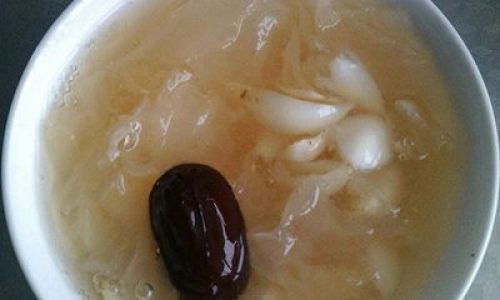
The Botanical Backstory: Why Lilies Naturally Taste Bitter
Lily bulbs (Lilium spp.) belong to the Liliaceae family, a group of plants renowned for their ornamental beauty and edible qualities. However, beneath their pristine exterior lies a complex chemical arsenal designed to deter predators.
-
Saponins: The Primary Culprits
Saponins, glycosidic compounds found in many plants, are the main contributors to bitterness in lilies. These molecules serve as natural pesticides, protecting the bulb from insects and microorganisms. When ingested in large quantities, saponins can trigger a bitter or astringent taste, and in rare cases, mild gastrointestinal discomfort. -
Alkaloids and Other Phytochemicals
Lilies also contain trace amounts of alkaloids and terpenoids, which may amplify bitterness. These compounds vary by species, with some lily varieties (e.g., Lilium brownii) exhibiting higher concentrations than others.
Culinary Preparation Pitfalls: How Human Error Intensifies Bitterness
Even naturally bitter compounds can be mitigated through proper handling. Common mistakes in lily preparation include:
-
Inadequate Cleaning
Lily bulbs grow underground, accumulating soil and microbes in their scales. Failing to remove the outer layers or rinse thoroughly can concentrate bitter residues. -
Skipping Soaking
Soaking sliced lilies in cold water for 30–60 minutes leaches out saponins. This step is often overlooked, leaving bitterness intact. -
Improper Blanching
Blanching in boiling water for 2–3 minutes neutralizes enzymes and saponins. Under-blanching fails to reduce bitterness, while overcooking may break down cellular structures, releasing stored compounds.
Varietal Differences: Not All Lilies Are Created Equal
The bitterness intensity varies significantly across lily species and cultivars:
-
Edible vs. Ornamental Varieties
Culinary lilies like the Lanzhou lily (Lilium davidii var. unicolor) are bred for mildness, while ornamental varieties (e.g., Lilium longiflorum) may harbor higher saponin levels.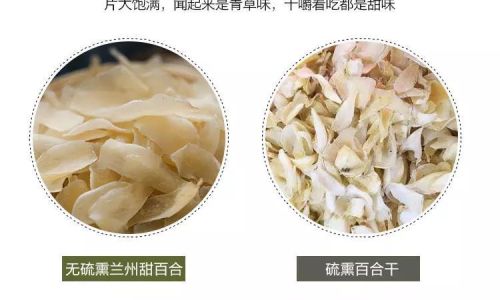
-
Aging and Storage
Freshly harvested bulbs are less bitter than aged ones. Storage conditions—such as humidity, temperature, and duration—can accelerate saponin production, intensifying bitterness over time.
The Role of Cooking Techniques: Amplifying or Masking Bitterness
Cooking methods profoundly influence lily flavor:
-
pH and Water Quality
Soft water (low in minerals) extracts saponins more efficiently than hard water. Adding a pinch of baking soda (alkaline) or vinegar (acidic) can alter bitterness perception, though results vary. -
Cooking Partners
Pairing lilies with sweet (e.g., honey, dates), fatty (e.g., coconut milk), or umami-rich ingredients (e.g., mushrooms) can balance bitterness. Conversely, acidic ingredients like tomatoes may exacerbate it. -
Overcooking vs. Undercooking
Prolonged boiling breaks down saponins but may render lilies mushy. Optimal cooking time is 8–12 minutes, depending on the recipe.
Cultural Perspectives: Embracing Bitterness as a Flavor Dimension
In some cuisines, bitterness is not an enemy but a prized element:
-
Traditional Chinese Medicine (TCM)
Lily bulbs are valued for their “cooling” properties, believed to clear heat and soothe the lungs. A slight bitterness is considered therapeutic, and recipes often combine lilies with rock sugar to harmonize flavors. -
Korean and Japanese Cuisine
In bap chae (Korean cellophane noodle stir-fry) or yurine dishes (Japanese lily bulb soups), bitterness is tempered with dashi, soy sauce, or sesame oil, creating a nuanced taste profile.
Troubleshooting Guide: Fixing Overly Bitter Boiled Lilies
If your dish turns bitter, employ these rescue strategies:
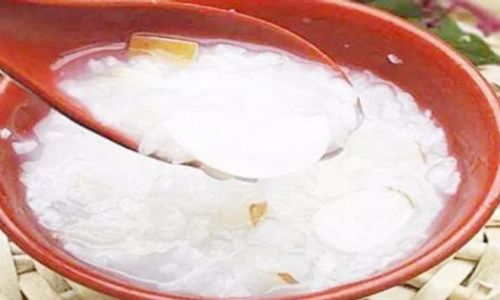
-
Rinse and Repeat
Drain the bitter liquid, rinse the lilies under cold water, and re-blanch them in fresh water with a slice of ginger or kombu (kelp) to mask bitterness. -
Sweeten the Pot
Add a natural sweetener like honey, maple syrup, or roasted vegetables (e.g., carrots, sweet potatoes) to counterbalance bitterness. -
Introduce Creaminess
Incorporate coconut milk, yogurt, or avocado to coat the palate and soften harsh notes.
Advanced Techniques: Elevating Lily Dishes Beyond Bitterness
Master chefs use innovative methods to showcase lilies’ unique flavor:
-
Fermentation
Briefly fermenting sliced lilies in a salt brine reduces saponins while introducing probiotic depth. -
Dehydration
Drying lilies at low temperatures concentrates their natural sugars, yielding crispy chips with a subtle bitterness reminiscent of artichokes. -
Infusions
Steeping lilies in milk or cream extracts mild flavors for ice creams, custards, or sauces, bypassing bitterness entirely.
The Science of Taste: How Humans Perceive Bitterness
Bitterness perception is subjective and genetically influenced. Taste receptors on the tongue (T2R receptors) detect saponins, triggering a cascade of neural signals. Individuals with heightened sensitivity to 6-n-propylthiouracil (PROP) may find lilies intolerably bitter.
Modern Research: Harnessing Lily Compounds for Health
Recent studies highlight lily saponins’ potential bioactivities:
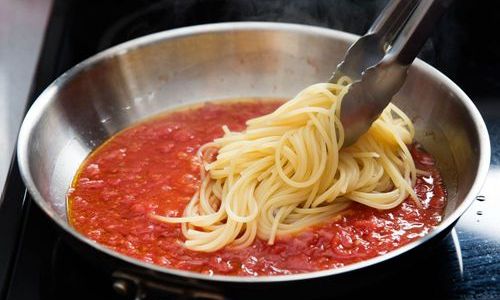
-
Anti-Inflammatory Effects
Saponins may reduce inflammation by inhibiting pro-inflammatory cytokines. -
Anticancer Properties
Preliminary research suggests certain lily saponins induce apoptosis in cancer cells. -
Cholesterol Management
Saponins bind to bile acids, potentially lowering LDL cholesterol levels.
Sustainable Sourcing: Ethical Considerations in Lily Cultivation
Overharvesting wild lilies threatens biodiversity. Opt for farm-raised varieties certified by organizations like the FairWild Foundation, ensuring sustainable practices and fair wages for harvesters.
Conclusion: From Bitter to Better
The bitterness of boiled lilies is not a flaw but a testament to their evolutionary ingenuity. By understanding the interplay of botany, culinary technique, and cultural preference, home cooks and chefs alike can harness this bitterness to create dishes that are both delicious and nutritionally rich. Whether embraced as a therapeutic note in TCM-inspired soups or subdued in creamy Western-style gratins, lilies offer a canvas for culinary creativity—one that rewards patience, precision, and a dash of scientific curiosity.
Final Tip: Experiment with lily varieties, soaking times, and flavor pairings to discover your ideal balance. After all, the most memorable dishes often emerge from mastering the art of bitterness.
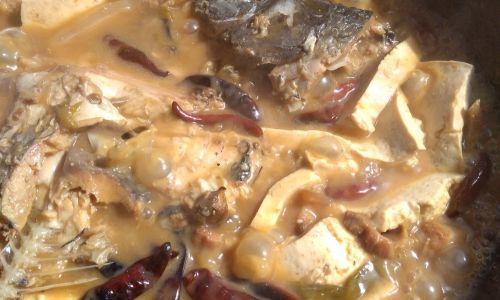

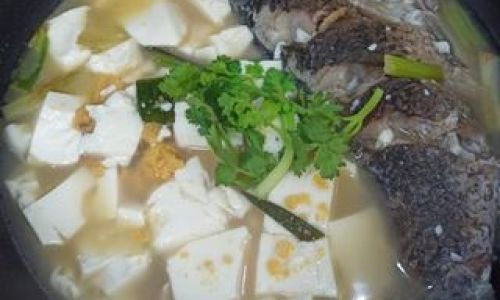
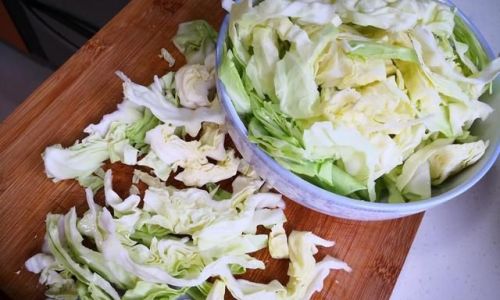
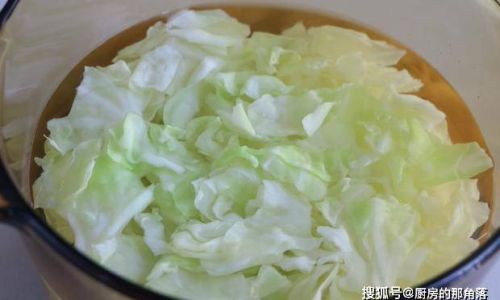
0 comments